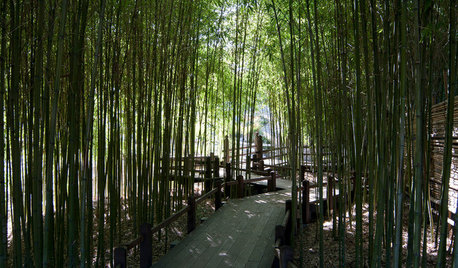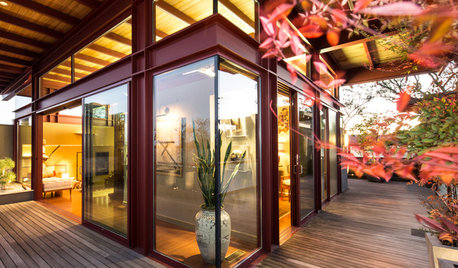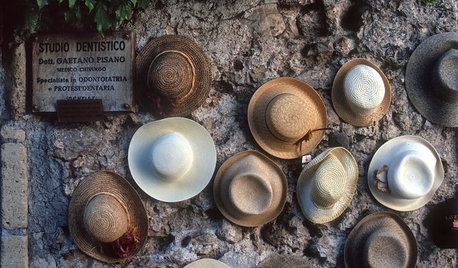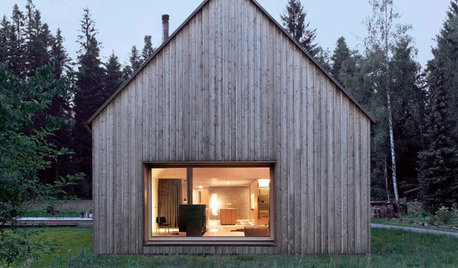Commercialization of bonsai.
jamkh
17 years ago
Related Stories

INSPIRING GARDENSStroll Through a Magnificent Japanese Garden, Newly Renovated
Get a glimpse of the Huntington's Japanese Garden today along with its storied past in a glossy new book
Full Story
GARDENING GUIDES8 Plants That Snobs Love to Hate — and You'll Love to Grow
Don't dismiss these common annuals, perennials and shrubs — there are reasons they've been popular for so long
Full Story
DECORATING GUIDESThe Dumbest Decorating Decisions I’ve Ever Made
Caution: Do not try these at home
Full Story
APARTMENTSHouzz Tour: Modern Japanese Penthouse Atop a Designer’s Office
Vintage obis, petrified wood, Samurai armbands and antique fans are just a few of the materials that warm this California apartment
Full Story
HOUSEPLANTSHow to Force Amaryllis Bulbs Indoors
Enjoy vibrant red blossoms even as gardens turn snowy white, by teaching this hardy repeat performer to ignore the calendar
Full Story
COLORNature’s Color Wisdom: Lessons on Earth Tones From the Great Outdoors
Look to the land for hues that are grounding, soothing and endlessly versatile
Full Story
COLORKitchen Color: 15 Beautiful Blue Backsplashes
Blue is the new cool kid on the backsplash block, showing up in shades from pale ice to cobalt
Full Story
TREES11 Japanese Maples for Breathtaking Color and Form
With such a wide range to choose from, there’s a beautiful Japanese maple to suit almost any setting
Full Story
MOST POPULARA Few Words on the Power of Simplicity
An architect considers a pared-down approach to modern home design
Full Story
GARDENING GUIDESGarden Myths to Debunk as You Dig This Fall and Rest Over Winter
Termites hate wood mulch, don’t amend soil for trees, avoid gravel in planters — and more nuggets of garden wisdom
Full StorySponsored
More Discussions





raiun42
raiun42
Related Discussions
gift of 'bonsai'
Q
Aeonium Advice
Q
What kind of potting soil should I use?
Q
new member & bonsai soil
Q
lucy
bonsai_audge
vancewood
jamkhOriginal Author
rjj1
lucy
bonsai_audge
jamkhOriginal Author
bonsai_audge
bonsai_audge
jamkhOriginal Author
raiun42
bonsai_audge
bonsai_audge
vancewood
jamkhOriginal Author
jamkhOriginal Author
bonsai_audge
vancewood
jamkhOriginal Author
bonsai_audge
lucy
vancewood
jamkhOriginal Author
vancewood
lucy
rjj1
jamkhOriginal Author
bonsaikc
vancewood
no_way
lucy
jamkhOriginal Author
vancewood
bonsaikc
bonsaikc
lucy
vancewood